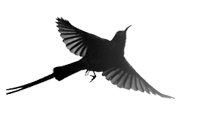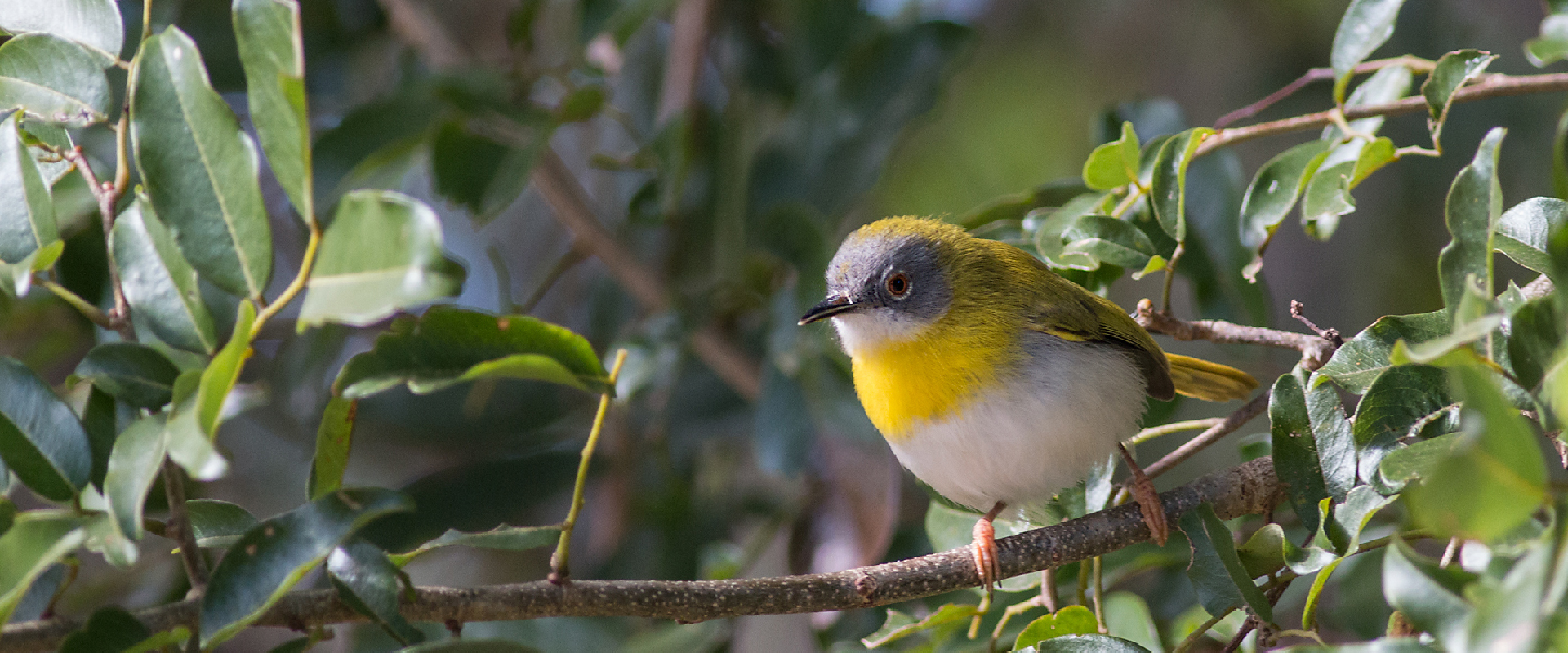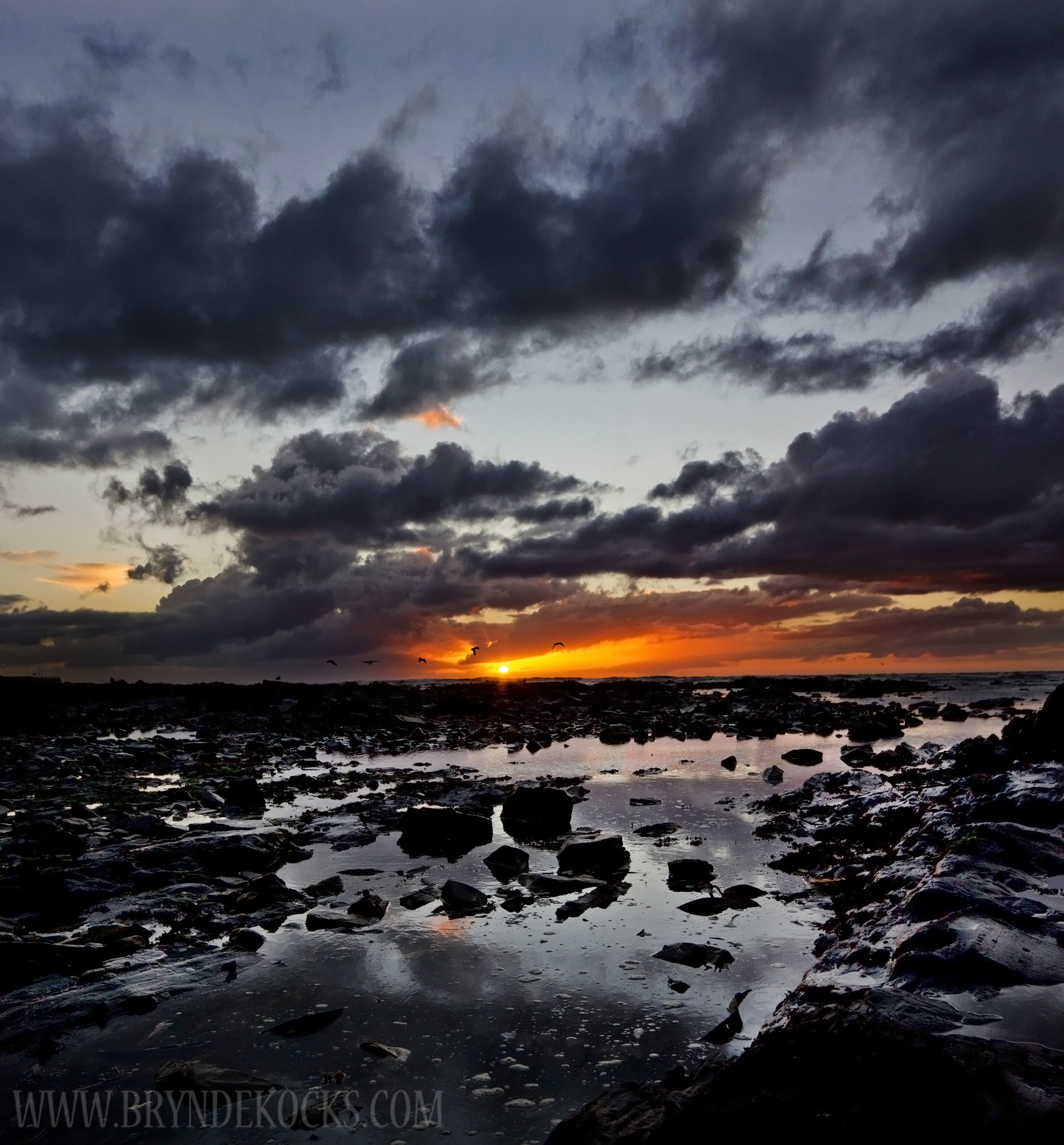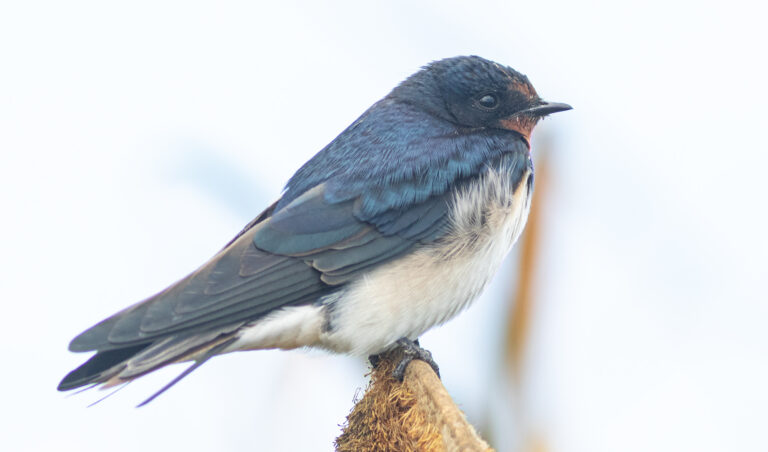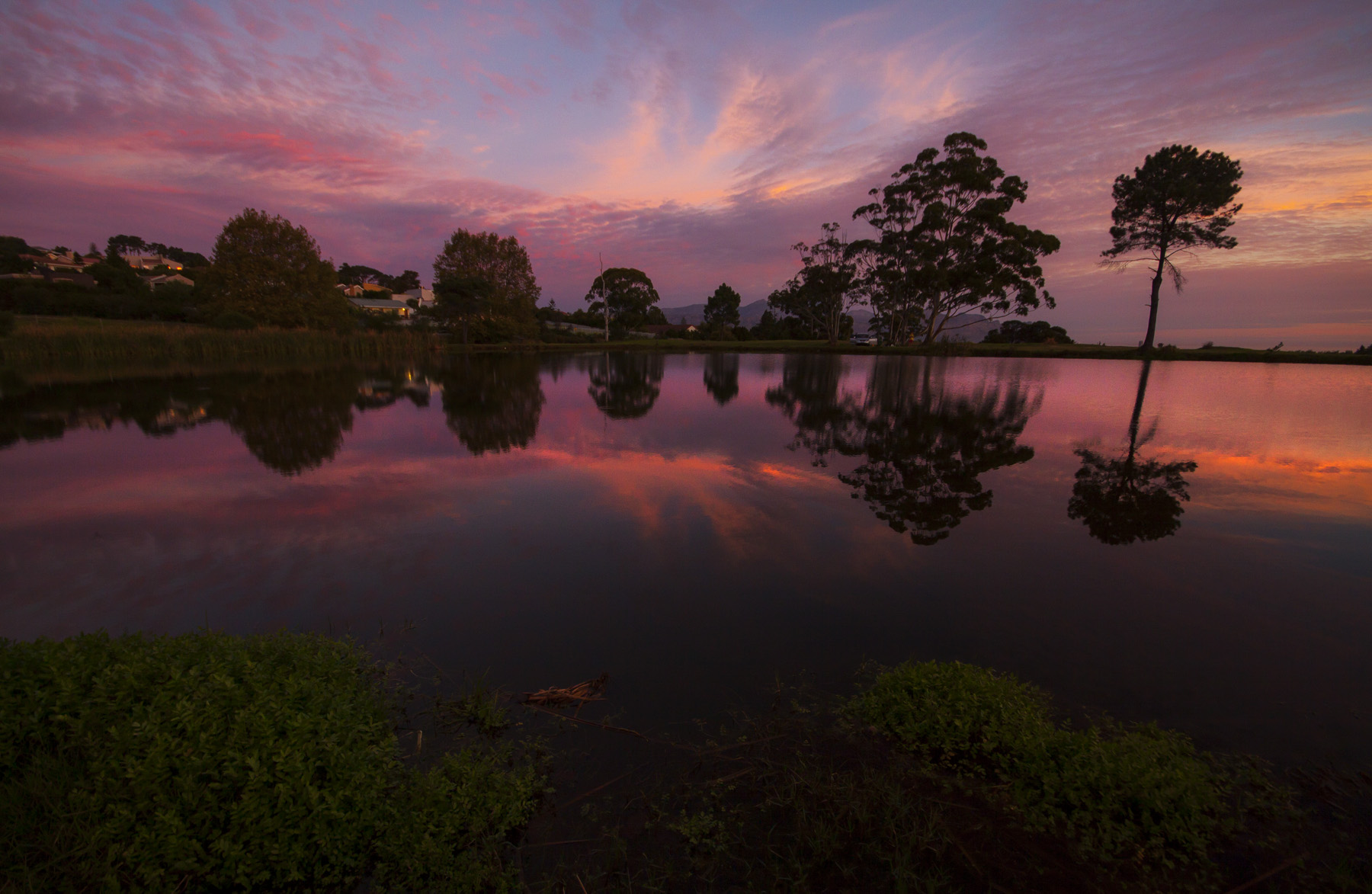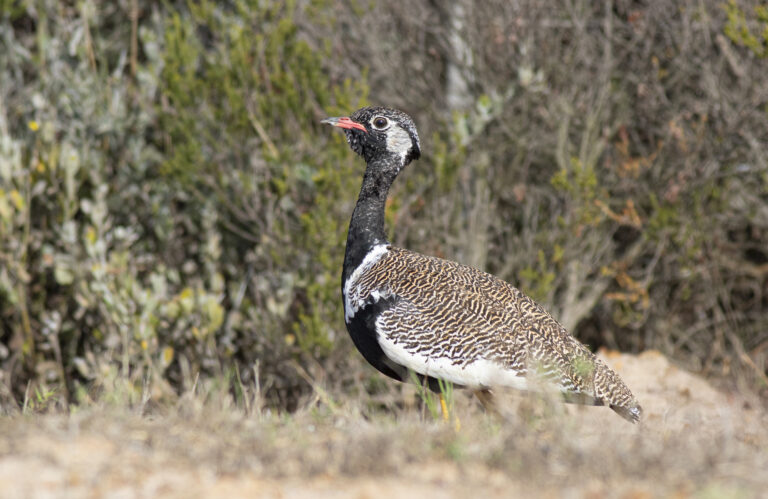A Twitch Bus Adventure – The Striped Crake Heartache (Part 2)
After our success twitch of the Malagasy Pond Heron the day before, we were feeling confident in our next target; that of the Striped Crake at Thiyeni hide in Hluhluwe Game Reserve. Hidden somewhere between our thoughts of optimism, we all knew that given the small area which the hide overlooks, in combination with the numerous amount of people looking for the bird, the fact that it hadn’t been seen in 3 days did not bode well for us.
None the less, we set off bright and early on the Friday, with our goal to be at the hide around 6:30 in the morning. After about an hour of travel, we arrived at the reserve and had made it to the hide at around the same time the sun broke the horizon. There was a slight nip biting at our skin, as a cold front pushed off the coast of the country, bringing in its wake a slight breeze and lower temperatures.
A Touch Too Late
We were the first at the hide, and we quickly began scanning every possible section of reeds in front of our eyes, as we watched for any sign of movement. It took a little while before we saw any bird life at all, however after about 30 minutes we got views of Golden-Breasted Bunting, Dark Capped Bulbul, Fork-Tailed Drongo, Emerald Spotted Wood Dove and a quick fly-by of a Little Sparrowhawk being harassed by two other birds.



Time passed by, our eyes still fixated on every inch of reed and shoreline. We fought against the odds, hoping for even a single glimpse of the bird; a species that is renowned for its shy and elusive nature.
Our eyes quickly moved off the reeds and towards the left, as a lone Wild Dog ran past in front of us and then disappeared back into the bush, as quickly as it had appeared.
After 2 hours of scanning, we now had a few more individuals in the hide who had also come to hopefully catch sight of the Crake. In this time we got further views of some other species from the hide, a Cardinal Woodpecker, White Backed Vulture, Bateleur, Hammerkop etc. Suddenly a buzz of excitement within the hide! Keir had spotted something small just in front of the hide. It wasn’t the Crake, but it was instead a beautiful Kurrichane Buttonquail, moving in the grass in front of us. The bird did what very few Quails ever do, it moved out into the open and gave us amazing views. Unfortunately my camera was struggling to focus quick enough, so I missed the premium poses it gave us, however even just an image is more than many get with this species.



Then by our 150th minute of scanning, the hide was now completely packed — not even enough room to sit down for some — so we decided to call it there. If someone else were to spot it after our vacation of the hide, we could always rush back.
Exploring Hluhluwe
We now spent some time driving around the park, looking for some special bird sightings. This was mostly done for my benefit I think, as most individuals in the car had most of the species we were likely to encounter. With just a short drive, I was getting lifers — left, right and center. Yellow-Breasted Apalis, Black-Backed Puffback, Bronze Mannikin and more.
While driving, we spotted a raptor on a tree on the side of us.
“It looks like it’s either a raptor or a cuckoo”, said Michael as we approached.
The bird flew off and was joined by another; they then both passed above us, allowing us to get a few good visuals of the underside of the bird. It was soon clear that we had just gotten excellent views of an African Cuckoo-Hawk (well a couple of them). The habitat seemed unusual for a Cuckoo-Hawk, in the dry veld of the park. But it is a great looking bird and I am always extremely chuffed to see any raptor.








Given that it was now nearing lunch time, we headed up to the Mountain Lodge part of the park where we stopped for fuel and grabbed something to eat. The view from the restaurant area was amazing! A raptor watching spot, overlooking a large amount of the reserve. From here we saw Bateleur, White-Backed Vulture and Long-Crested Eagle. The prices of the food was also extremely affordable, with a steak meal going for under R100, and my choice of toasted cheese and tomato and chips setting me back only around R50.
A new bird for our trip list was encountered here too, with a Black Headed Oriole giving us a short view before disappearing into the bushes. We also found ourselves with a little cold-blooded distraction.
Upon exiting the reserve, we encountered quite a nice little bird party going on near the gate. Within just minutes we had seen Kurrichane Thrush, Chinspot Batis, Spectacled Weaver, Scarlet Chested Sunbird, Black-Crowned Tchagra and more.




The Search For the Rosy-Throated Longclaw
Our next order of business for the day was to head through to a location where Keir had heard was reliable for the elusive Rosy-Throated Longclaw, a bird that can be quite tough in Kwazulu Natal. He had received directions to a spot which had been reported to be reliable, and it was a bird that remained missing from his life list. So we drove about another hour into the center of rural Zululands, to a small ‘town’ that I imagine has no name…
We were lead via GPS co-ordinates down some of the narrowest sand roads I have seen, in the middle of this rural farmland area. The kind of place where you don’t need to hide a body, because no one would even think to go look there.
Dom had seemingly sabotaged us! We were lost.
The drive continued, down these small sandy roads until we came to a dead end. Not just any dead end though, this dead end had the final destination of a small homestead which was at the time hosting a traditional Zulu wedding. The locals however were friendly with us and happy to assist, some even calling on us to take pictures of them as they flocked to the fence to see what 4 crazy whities were doing in the middle of rural KZN.
We also happened to stumble across a soccer match…


So while my mind looped the idea of us getting stuck in the sandy rural farmlands without any signal, everyone else in the car was having a ball listening to me stress.
Eventually we found ourselves back on track and stopped at the location that Keir had originally been given. Here we spent time canvasing the fields, an area which directly after rain could definitely be wet enough to entice some Rosy-Throated Longclaws; however, the area was now dry and the fields were almost solely inhabited by large numbers of African Pipits. Above our heads, we had several Common House Martins passing by, a bird that I had not seen much prior.
Despite our scouring the fields on either side of the road in the hopes of getting our target, the sun began to set and we decided to surrender to the day and head home.
On route back to Dom’s place, just about 5 kilometers from where we were searching we stopped at a bridge, the sun now split in half by the horizon. While myself and Alouise stood at the top of the bridge, scanning the waters, Michael and Keir went down the side of the bridge and to the water’s edge. It was there that the two seemed to share a memory which was seemingly as exciting as it was frustrating…
Keir told us of how Michael and himself had located an unknown Longclaw in the last few seconds of sunlight, showing all the right diagnostics for Rosy-Throated. The bird apparently kept flying away from them, only giving them short views of the upper tail and back, however the bird showed the diagnostic white panels up the sides of the tail, consistent with the Rosy-Throated. Keir was left only with the memory of the one that got away, a bird which in all probability was his nemesis, but would remain that way for a bit longer, as there wasn’t enough visuals to call a certain ID on the bird. The experience also caused Michael to upgrade his status of Rosy-Throated to “Do not occur in KZN” to “Possibly occur in KZN”.
Another Night, Another Feast
Our second night at Dom’s parents place was even fancier than the night before. We were given some amazing vegetable soup for starters, followed up by a braai and then brownies for dessert. Also of interest during this time, was the presence of a Wahlberg’s Epauletted Fruit Bat in the back yard of Dom’s place.

